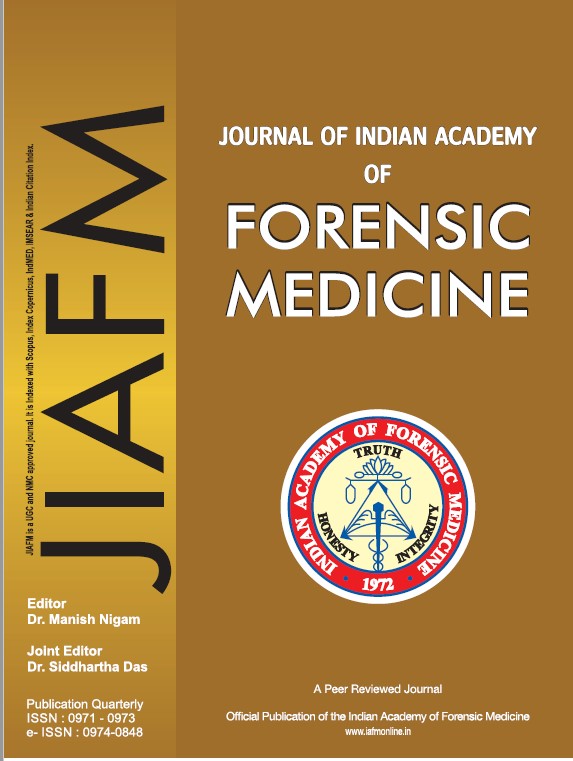A population based cross sectional study of perception towards snakes and A population based cross sectional study of perception towards snakes and management of snakebites
Keywords:
Snake, Snakebite, Population, Perception, Traditional MethodsAbstract
Considering few of the oldest myths and primitive medical writings, snakebite must have been one of its first kinds of poisoning known to mankind. India is known for its mythological concepts and traditional methods of treatment in regards to snakes and snakebites. Aim of this study was to evaluate awareness of the urban and rural population towards snakes and snakebite management. The present study was a cross sectional study conducted on urban and rural population in Gujarat state. Total 240 adult participants, 120 from urban areas and 120 from rural areas, were included in the study. Data was collected by personal interview of an individual with predefined data collection sheet which was comprised of three parts i.e. demographic information of participants, identification of snakes in terms of venomicity and pre-defined questionnaire. Prevalence of belief in regards to mythological significance of snakes is higher in rural in comparison to urban population. As far as identification of nature of snakes is concerned study found below average knowledge with marginally higher in rural areas. Both the population considers medical measures as an ultimate management for snakebites. However, perception in relation to first aid measures, identifying nature of snakes, do's and don'ts with a snake as well as with a case of snake bite need a serious attention especially towards usage of traditional methods.


